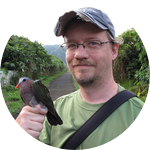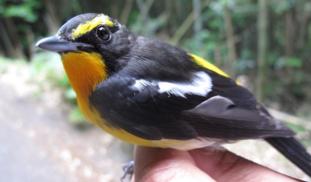Please wait...
About This Project
The Narcissus Flycatcher (Ficedula narcissina) is an East Asian songbird with three subspecies. Two subspecies are long-distance migrants breeding at high latitudes and wintering in the tropics. The third is a year-round resident of the subtropical Ryukyu Islands. Using a new, low-cost, high-throughput DNA sequencing technology we will sequence 11 Narcissus Flycatcher genomes. Comparing the genomes of these very different populations will provide insight into the evolution of migration.



